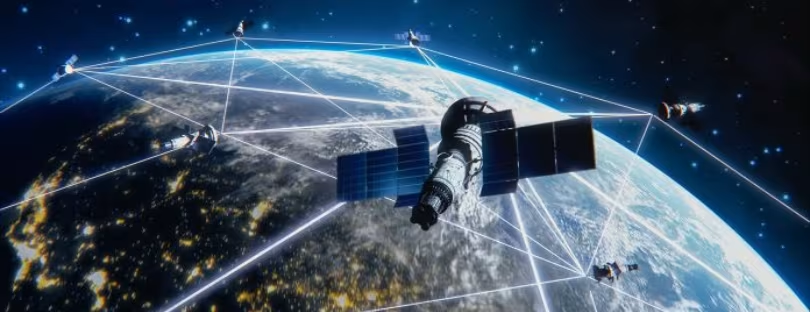
China Offers Meteorological Satellite Services To 121 Countries, Regions
China has provided its Fengyun meteorological satellite data to 121 countries and regions, including 85 along the Belt and Road, its meteorological authority said on Dec 17. Meteorological Satellite Services
Fengyun satellites are a series of remote-sensing meteorological satellites developed by China. Two new satellites launched this year, Fengyun-3E and Fengyun-4B, have already received orders from global users, according to the China Meteorological Administration.
The country has also offered technical training to over 1,400 professionals from 92 countries and regions.
China plans to launch 5 more meteorological satellites Meteorological Satellite Services
Data services and technical personnel training are free of charge to all users, said Xian Di, a senior official with the administration.
“Global users will enjoy the same treatment in data access as their Chinese counterparts,” Xian noted.
China plans to launch five more meteorological satellites during the country’s 14th Five-Year Plan period (2021-2025) and upgrade to the third-generation Fengyun satellite observation system by 2035, to better serve users along the Belt and Road in disaster prevention and relief.
Chinese meteorological satellites are becoming an important component of the space-based global observing system organized by the World Meteorological Organization (WMO). Chinese meteorological satellites are called Fengyun (FY), which are composed of sun-synchronous (polar) series and geostationary Earth orbit (GEO) series. The names of FY satellites are composed of an Arabic numeral and a letter. The numerals represent the satellite series while the letter represents the sequence of the satellites within the series. In addition, the odd numerals represent the polar orbit series and even the geostationary series. So far, six FY polar satellites and five FY geostationary satellites have been launched successfully. There are three FY polar satellites and three FY geostationary satellites currently operational in orbit.
Full disk scan of the Earth up to every 15 minutes
The geostationary orbits are FY-2D, located at 86.5 8 East, and FY-2E, located at 105 8 East. They constitute the geostationary constellation to provide a full disk scan of the Earth up to every 15 minutes. On low Earth orbits (LEO), FY-3A is a morning satellite with a local time at the descending node of about 10:00 a.m., while FY-3B is an afternoon satellite with a local time at the ascending node of about 13:40 p.m. FY-3A and FY-3B constitutes a sun-synchronous constellation to provide global observation of the Earth four times per day.
These observation data from the FY series have been broadly utilized in weather analysis, numerical weather forecasting, climate prediction, and environment and disaster monitoring. Fengyun 3 is the second generation of Chinese meteorological polar-orbiting satellites. In the 1990s, concept design work for FY-3 started on the basis of the FY-1 series. To meet new and higher requirements in modern meteorological services, especially in numerical weather predictions, the FY-3 series was designed to perform global, three-dimensional, quantitative and multi-spectral observations under all weather conditions (i.e. both cloud-free and cloudy conditions) with multiple sensors on board.









